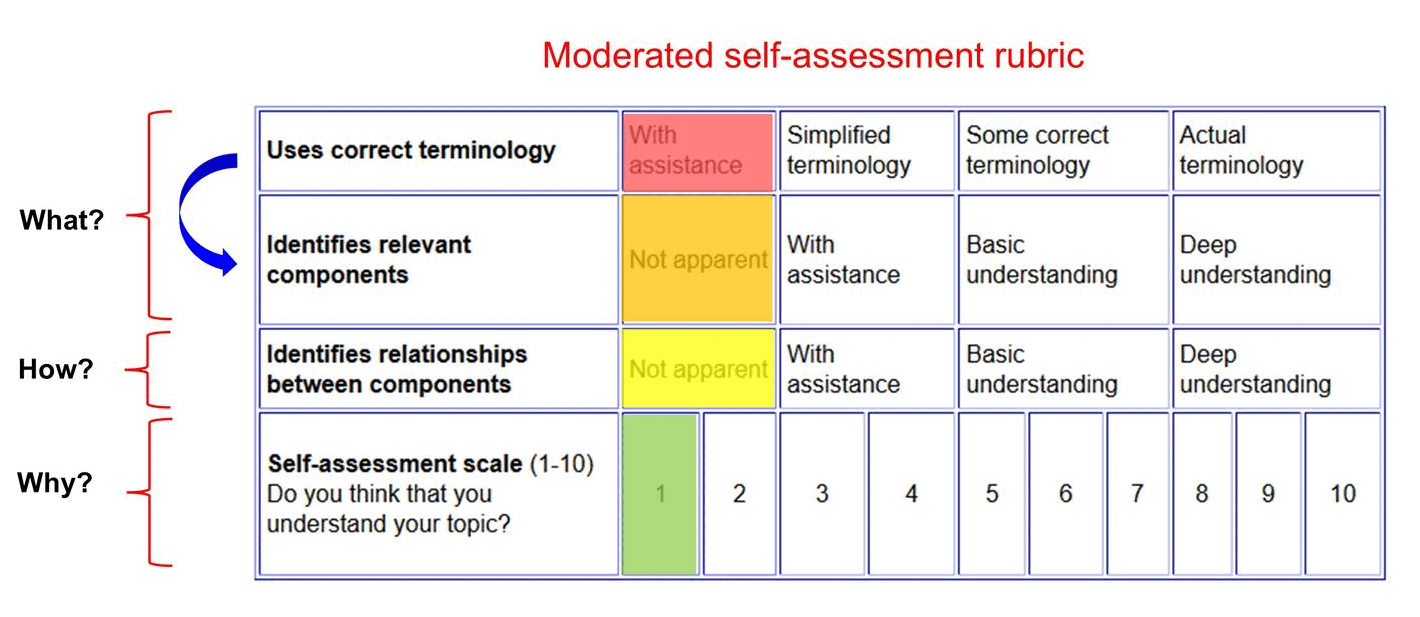SILO 4.4 (DRAFT)Year 4, Term 4: Precision agricultureFocus: Precision agriculture Scope and sequence: Precision
agriculture
|
|
Learning
intention: Students
explore how agricultural processes are used to grow plants
and raise animals.
|
|
|
Overview: Agriculture
is another word for farming so it includes growing crops and
well as raising livestock. This unit builds on prior knowledge
from SILO F.3 'Living
things' and SILO F.4 'Ecosystems' and
leads into SILO 5.1 'Biochemistry'.
The main focus is on introducing children to current farming
practices and investigating how problem solving can be used to
develop solutions for increased efficiency and yield. The
concept of biosecurity is also introduced as another
application of problem solving to reduce waste and disease.
|
|
|
NSW Syllabus
|
Australian Curriculum
(version 9.0)
|
|
"A student describes how
agricultural processes are used to grow plants and raise animals
for food, clothing and shelter." (ST2-5LW-T)
|
"Students learn to explore how
plants and animals are grown for food, clothing and shelter."
(AC9TDE2K03)
|
Introduction to precision agriculture
Agriculture is the art and science of farming so it includes growing crops and well as raising livestock. The main idea in precision agriculture is that measurement can be used to improve efficiency and increase yield.
 |
Do plants eat dirt? |
The proof that plants do not eat soil is attributed to Jean Baptiste van Helmont. In the 17th century Van Helmont weighed a willow tree before planting it in a known weight of dried soil and then re-weighed the tree five years later. The tree had increased in mass but, after drying the soil, the soil mass had hardly decreased at all. The following video (4:10) titled Where do trees get their mass? probes further into this question.
Greenhouses
The Cane Train
The following video (7:20) was made with the assistance of Northview State School in Mackay, Queensland, for National Science Week in 2021. It covers a range of activities for primary school as follows:
- Lower primary: Place value activity use dice.
- Upper primary: Sucrose measuring activity using portable refractometers.
Please note: The parents/guardians of the students in this video signed consent forms agreeing to their children being filmed for the online publication of this video. No students are named or identified in this video.
Regeneration
As early adopters of regenerative agricultural practices, Tim and Karen Wright began looking at a better way to manage their operation way back in the 1990's. This led to gradual changes across their properties as described in the following video (3:12). Their 'Lana' farm was also featured on the TV show Travel Oz (https://7plus.com.au/travel-oz) on 3rd August 2024. For more information see Natural Capital Farming (https://naturalcapitalfarming.com.au/).
Biosecurity
Panama TR4
The following video (4:55) tells the story of Panama TR4
in Queensland titled Charlie goes bananas.
River management
The following video (4:34) by the Murray–Darling Basin
Authority celebrates 20 years of The Living Murray project.
Indigenous agricultural knowledge
This video (4:42) featuring Fran Bodkin and Bruce Pascoe
shows how Indigenous people have been working with the land
for thousands of years.
Discussion: Look at the four elements of scientific
traditions listed below and their origins. Should any of these items
be favoured above another or are they all important and complementary?

Sustainable Development Goals
Explore the Sustainable Development Goals from the United Nations (https://www.un.org/sustainabledevelopment/sustainable-development-goals/).
https://australiancurriculum.edu.au/resources/curriculum-connections/portfolios/food-and-fibre/
UNE Smart Farms
The University of New England has certain research initiatives relating to precision agriculture such as UNE Smart Farms https://www.une.edu.au/research/research-centres-institutes/smart-farm. Precision agriculture can also benefit from specialised software or web-based applications such as https://ag360-education.une.edu.au/ where farmers can input measurements to make predictions about yield and other considerations. The following video (8:26) by UNE Professor Lewis Kahn titled How to measure your pasture availability is aimed at farmers but it can also be of interest to students as it reinforces the key idea of taking measurements.
Moderated self-assessment
Discussions with students around the key components of conceptual topics and how they fit together can generate insights into student achievement.


This work is licensed under a Creative Commons Attribution-NonCommercial-ShareAlike 4.0 International License.
Main menu